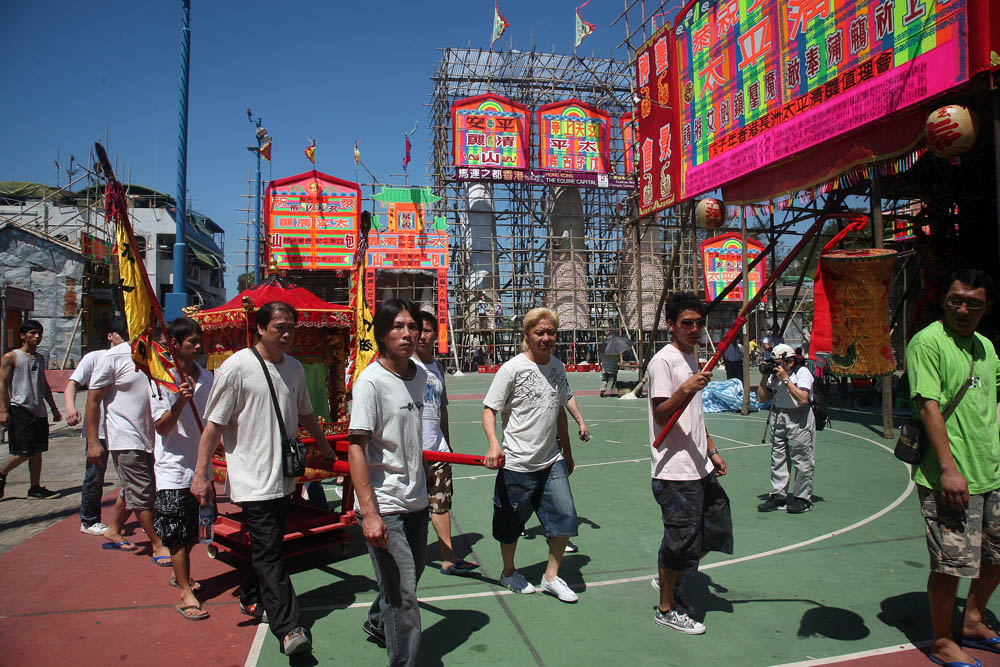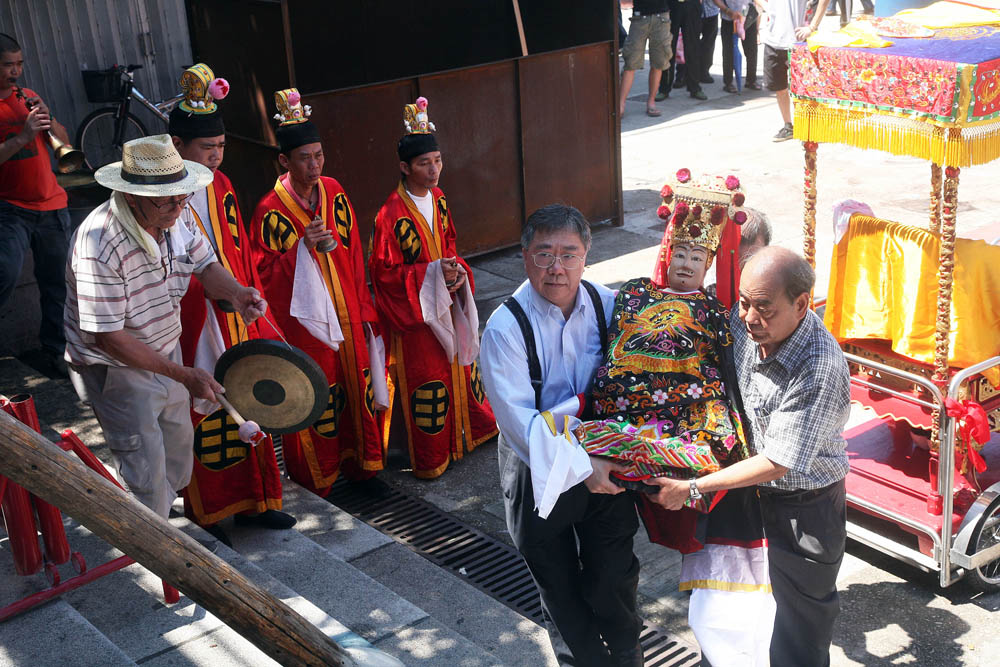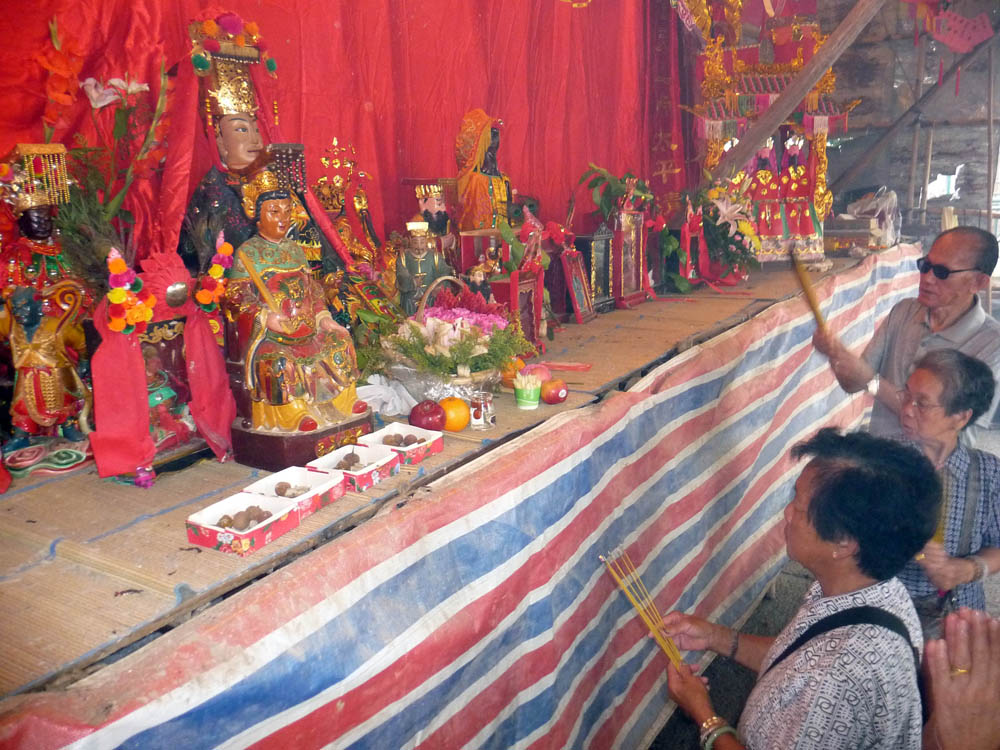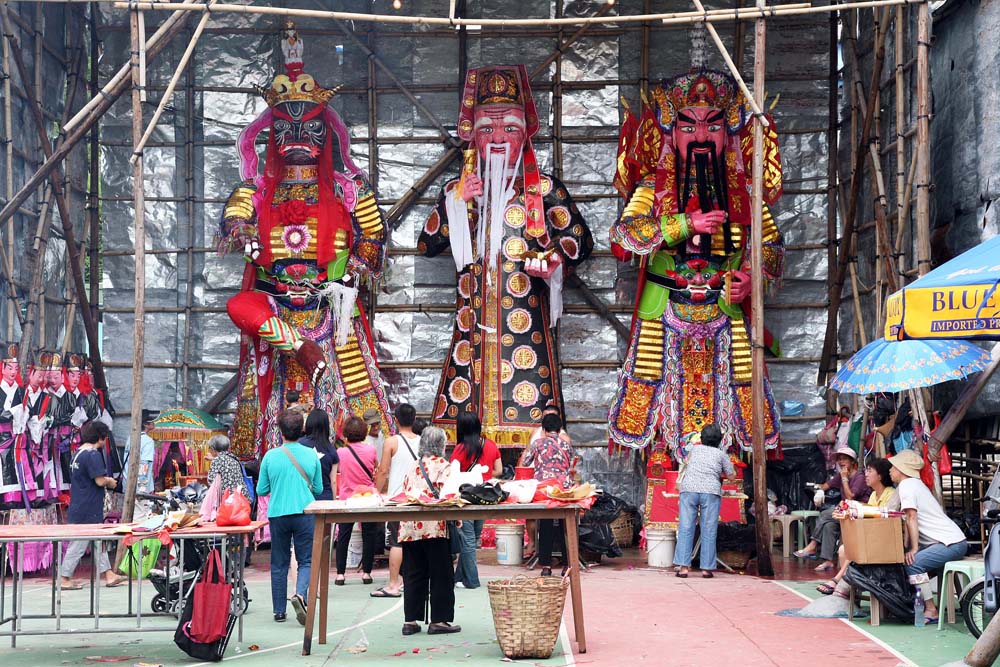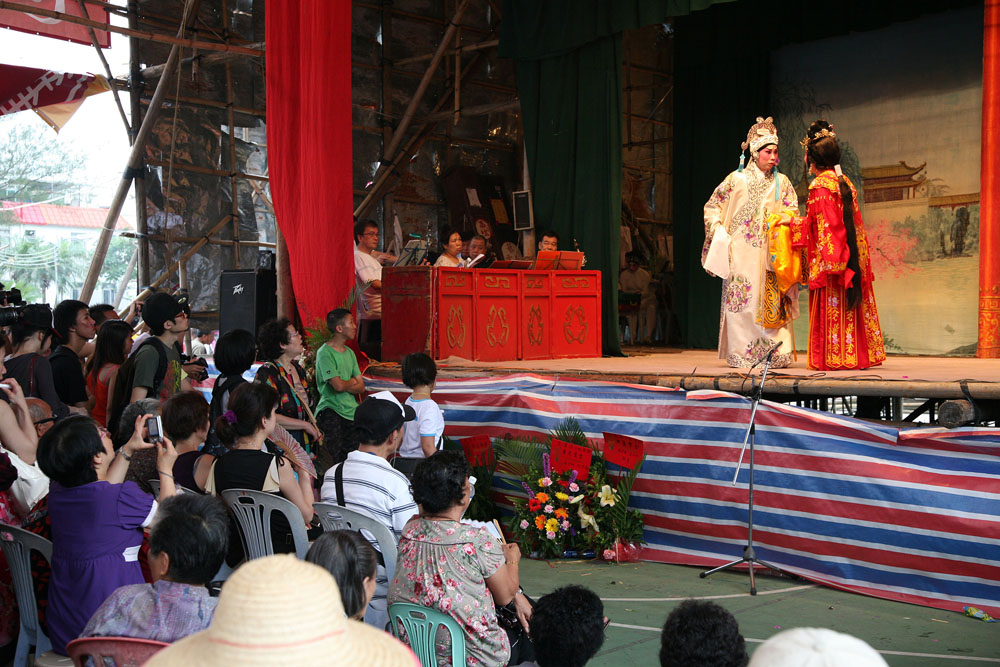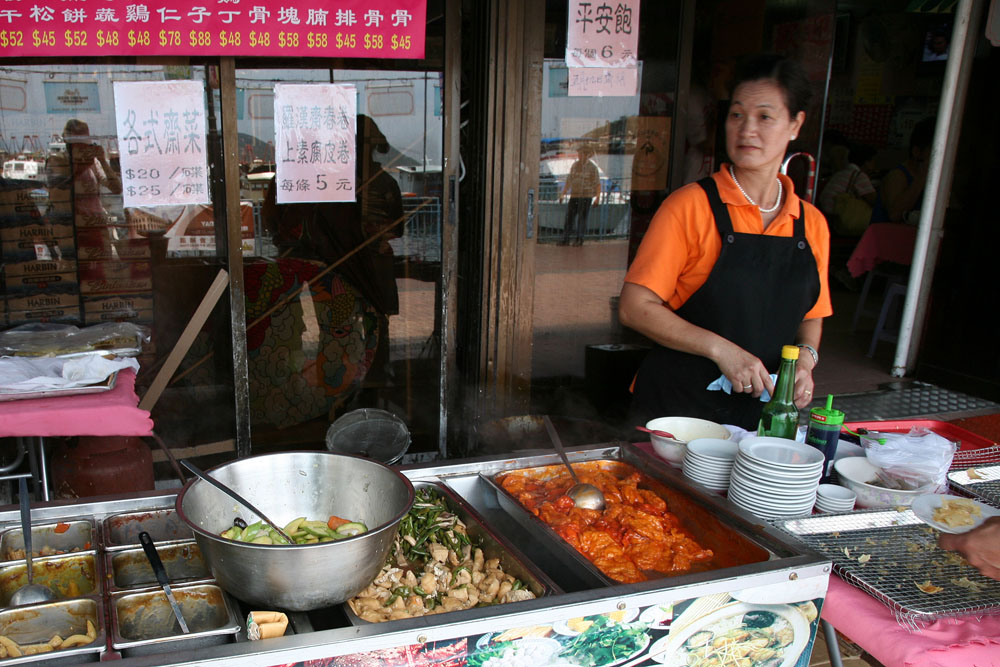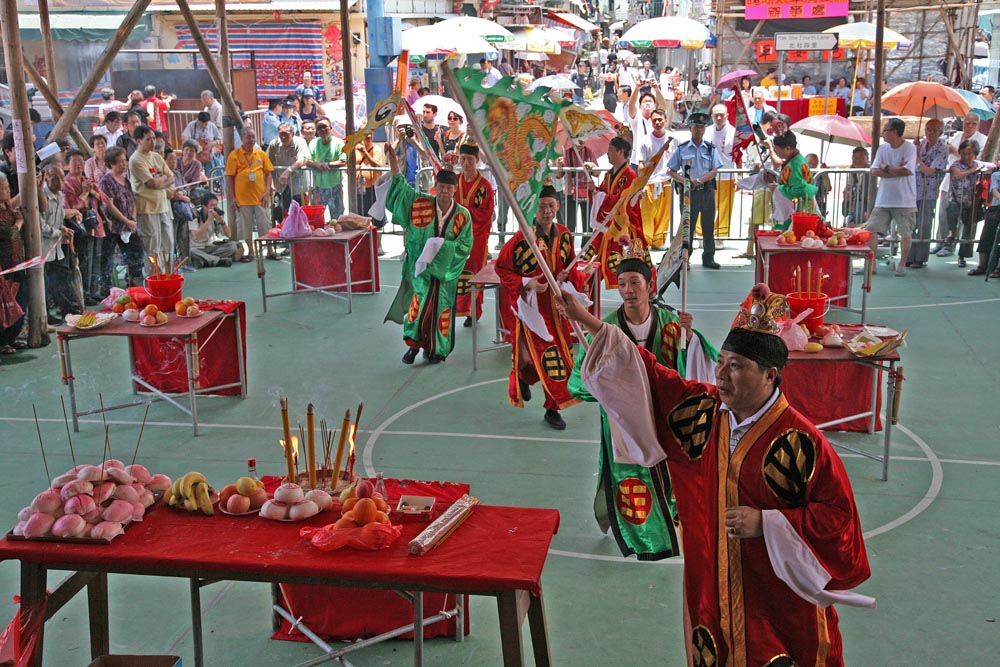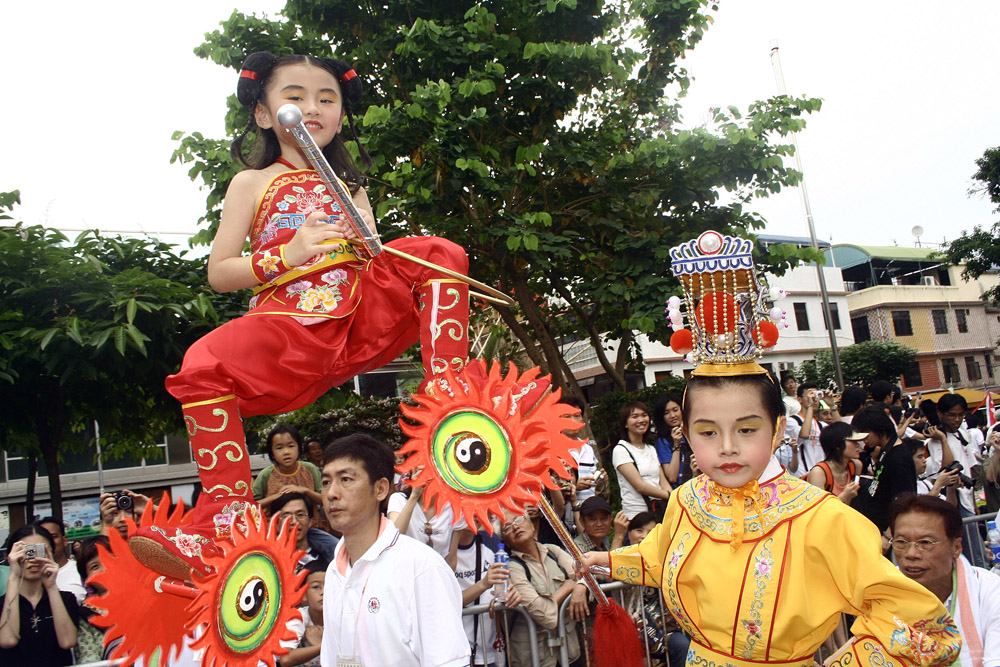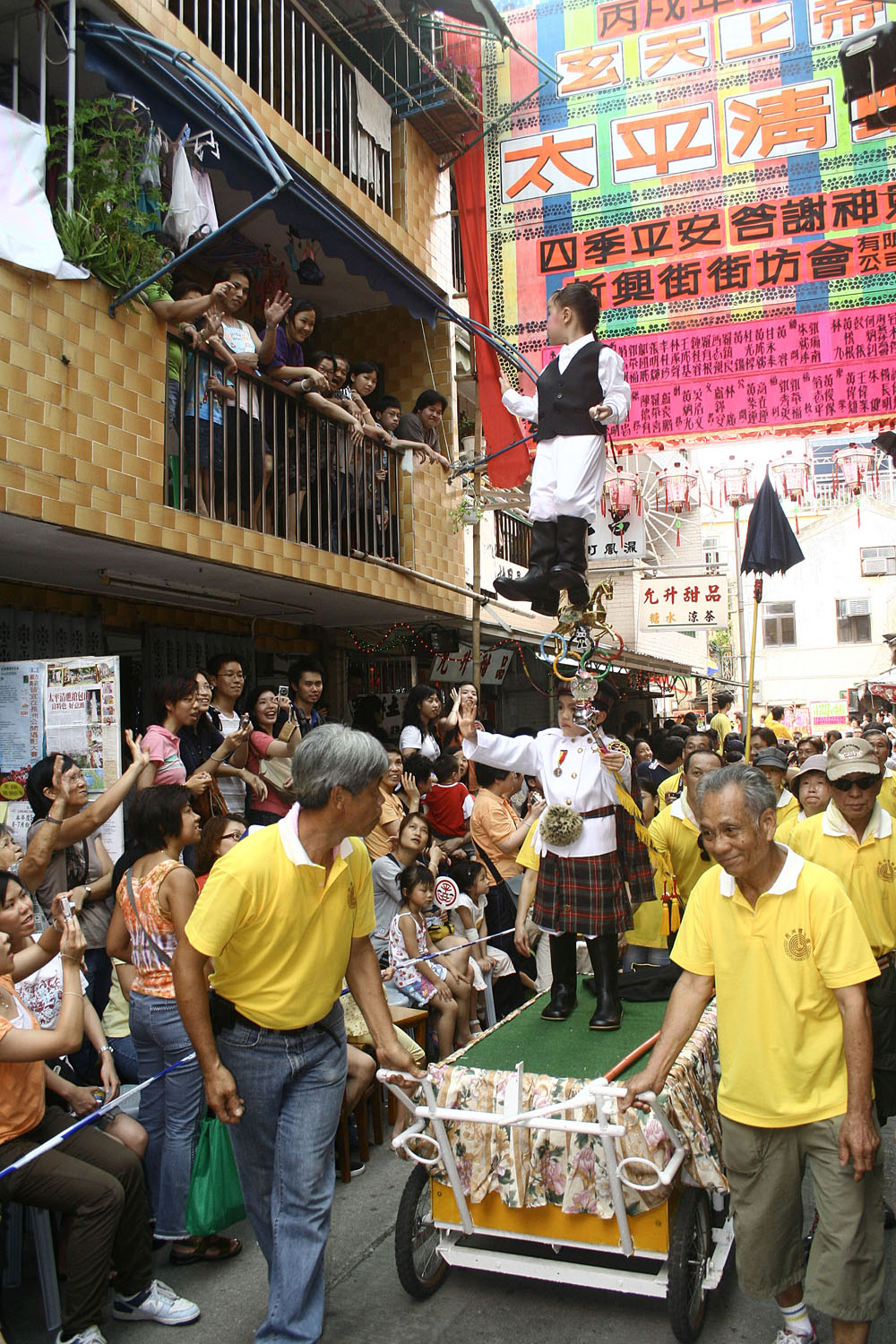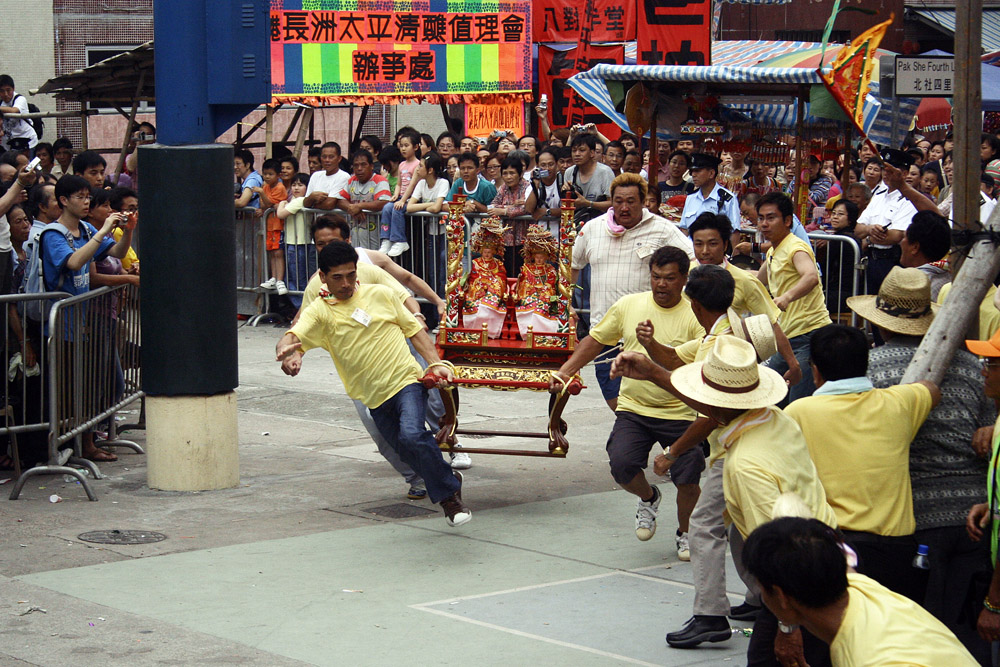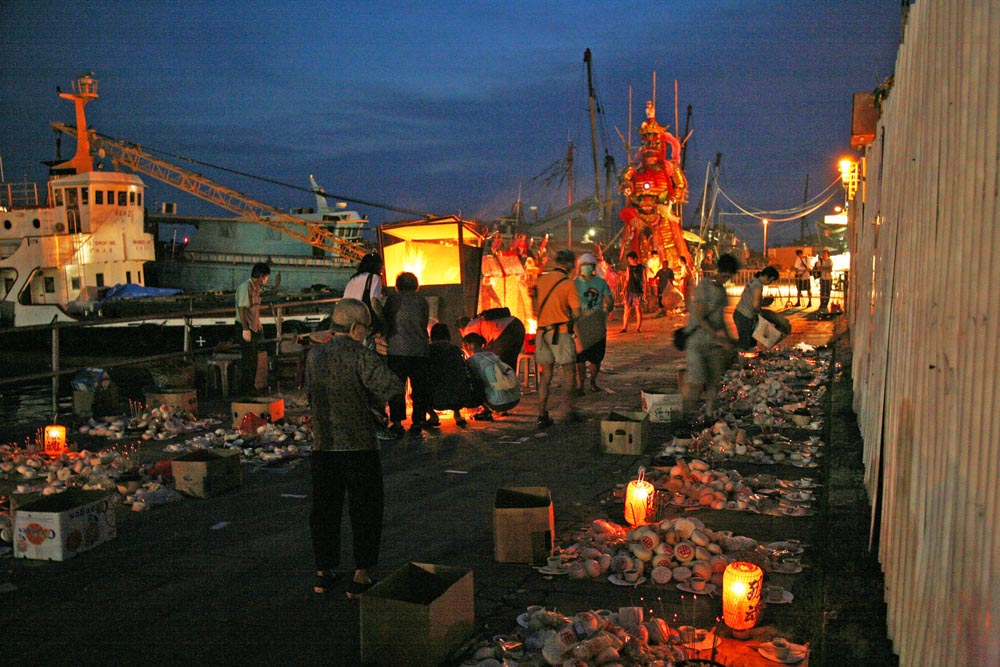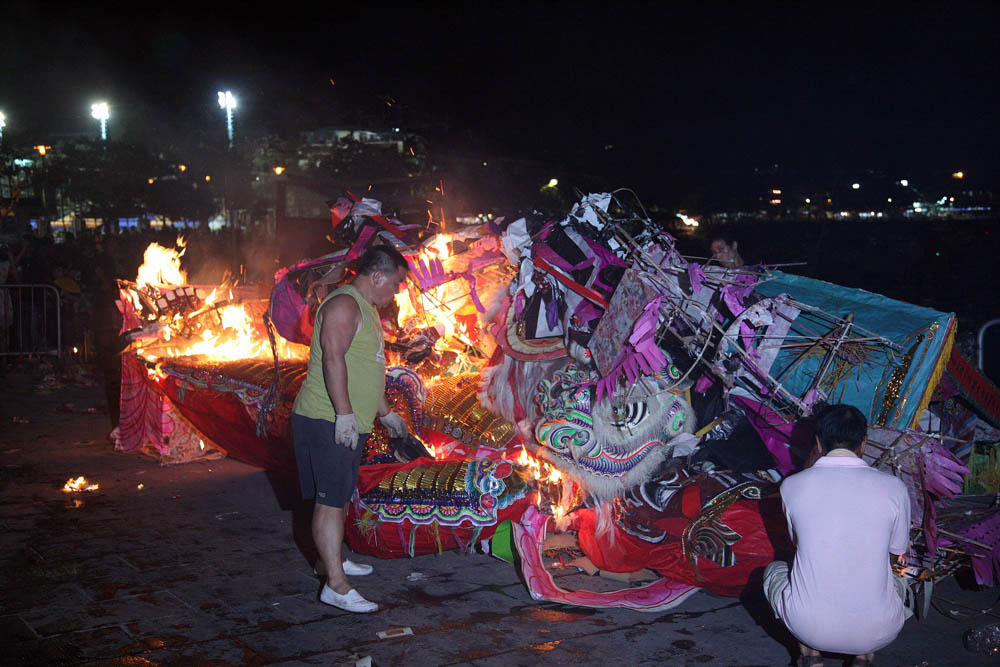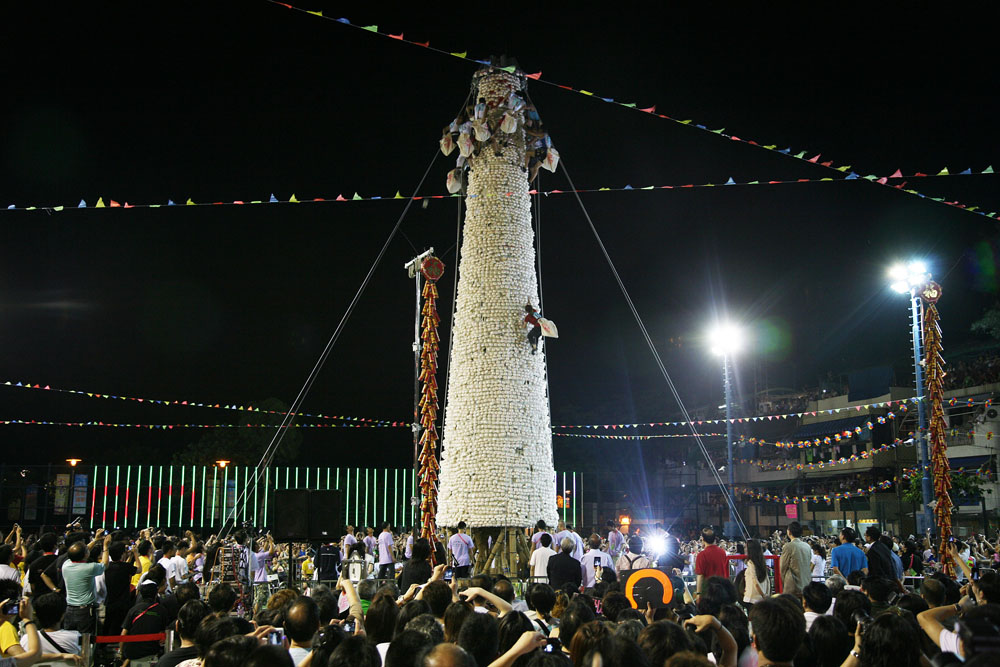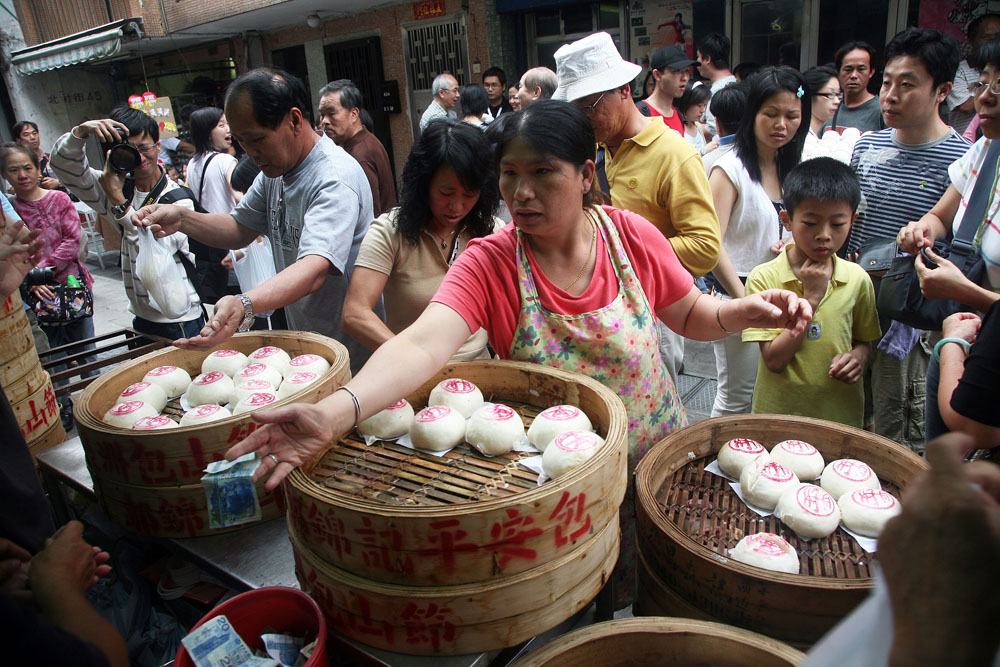-
History & Society
- Education in Pre-war Hong Kong
- History of Taikoo Sugar Refinery
- Hong Kong Products Exhibition
- Local Festivals Around the Year
- Post-war Industries
- Pre-war Industry
- The Hong Kong Jockey Club Archives
- Tin Hau Festival
- Memories We Share: Hong Kong in the 1960s and 1970s
- History in Miniature: The 150th Anniversary of Stamp Issuance in Hong Kong
- A Partnership with the People: KAAA and Post-war Agricultural Hong Kong
- The Oral Legacies (I) - Intangible Cultural Heritage of Hong Kong
- Hong Kong Currency
- Hong Kong, Benevolent City: Tung Wah and the Growth of Chinese Communities
- The Oral Legacies Series II: the Representative List of the Intangible Cultural Heritage of Hong Kong
- Braving the Storm: Hong Kong under Japanese Occupation
- A Century of Fashion: Hong Kong Cheongsam Story
Geography & EnvironmentArt & Culture- Calendar Posters of Kwan Wai-nung
- Festival of Hong Kong
- Ho Sau: Poetic Photography of Daily Life
- Hong Kong Cemetery
- Sketches by Kong Kai-ming
- The Culture of Bamboo Scaffolding
- The Legend of Silk and Wood: A Hong Kong Qin Story
- Journeys of Leung Ping Kwan
- From Soya Bean Milk To Pu'er Tea
- Applauding Hong Kong Pop Legend: Roman Tam
- 他 FASHION 傳奇 EDDIE LAU 她 IMAGE 百變 劉培基
- A Eulogy of Hong Kong Landscape in Painting: The Art of Huang Bore
- Imprint of the Heart: Artistic Journey of Huang Xinbo
- Porcelain and Painting
- A Voice for the Ages, a Master of his Art – A Tribute to Lam Kar Sing
- Memories of Renowned Lyricist: Richard Lam Chun Keung's Manuscripts
- Seal Carving in Lingnan
- Literary Giant - Jin Yong and Louis Cha
-
History & SocietyGeography & EnvironmentArt & Culture
-
View Oral History RecordsFeatured StoriesAbout Hong Kong Voices
-
Hong Kong MemoryLocal Festivals Around the YearRecently Visited
Cheung Chau Bun Festival
-
8th day of the 4th month of the Lunar Calendar
The Cheung Chau Bun Festival – also known as Tai Ping Ching Chiu, or Da Jiu – is organized for three days every year. In the past, the days were designated through divination, and thus varies year-to-year. The divination results in 2000 was the 8th of the 4th Lunar Month. Because that day was The Buddha’s Birthday Public Holiday, large numbers of visitors attended the parade-in-the-air. In the following year, as the Cheung Chau Bun Festival Committee carried out the divination rituals, they conveyed to Pak Tei – the deity of the North – their wish to fix the date of Da Jiu on the 8th of the 4th Lunar Month. The divination results returned a positive reply. The date of Da Jiu has since been fixed.
-
The origin of Da Jiu
Da Jiu of Cheung Chau was originally named “Heavenly Emperor of Xuan Tian Tai Ping Ching Chiu”. The “Heavenly Emperor of Xuan Tian” was Pak Tai, the deity of the North and the most important deity of Cheung Chau. Folklore has it that 200 years ago, the island suffered from a pandemic which killed many. The local folks prayed to Pak Tai for deliverance from the calamity, and was given the hint that a Taoist Priest of Hoi Luk Fung should be hired to set an altar to assuage the wandering spirits and seek blessings of peace. The ceremony became the yearly Tai Ping Ching Chiu. In the beginning there were only god-worshipping and spirit-assuaging rituals, but later parade-in-the-air, god-worshipping plays and Bun Scrambling events were added which attracted large numbers of visitors. Today, the festival is a major event of Hong Kong and is listed as one of the third batch of national intangible cultural heritage items.
-
Worship activities
On the eve of the Da Jiu, the residents go to the Yuk Hui Temple (also known as Pak Tai Temple) and other temples on the island to summon the deities to the temporary shrine built at the Pak Tai Square, so that believers can pay their homage at the location. At 11 pm of the 7th of the 4th Lunar month, the altar rituals commence and the entire island enters a period of abstinence. In the 3-day Da Jiu, the Taoist priest conducts various rituals including presenting offerings, repentance, appeasing the spirits, and thanking the heavens. It is a ceremony of rich local colour.
-
Lay-out of the Da Jiu arena
Besides the shrine, the bamboo-shed theatre, and the Taoist priest shed, 3 large bun mountains and several dozens of small bun mountains are built to assuage the spirits. 3 5-metre tall paper statues are erected beside the mountains, including the King of Ghosts – believed to be the incarnate of Kwun Yam Bodhisattva – whose duty is to “oversee wandering spirits so that they accept the offerings in an orderly manner”. The other two status are the God of Earth and the God of Mountains. The God of Earth has ingots in hand and is the master of all treasures of the earth; the God of Mountains bears a flag that commands wind, rain and thunder. The residents hope to bring good weather and prosperity to Cheung Chau through worshipping these deities.
-
-
Carnival Parade
The climax of the festivities is the parade-in-the-air held at 2pm on the 8th of the 4th Lunar month. Various groups and local communities dispatch parade-in-the-air, dancing lion, golden dragon and kylin teams, marching bands with Chiuchow gong and drums in over a dozen groups to parade in the major streets of the city centre, and onlookers enjoy the parade from both sides of the street. The designs of the parade-in-the-air are different every year, with characters taken from folk stories or caricatured impersonations of well-known modern characters. Those who performed extraordinarily receive high media exposure.
The parade team is led by the various deities at different temples in Cheung Chau. Each statue is placed in their own palanquins and is carried by numerous bearers. As they arrive at the last legs of the road leading up to the shrine, the bearers pick up speed to deliver the statue to the shrine in a jog. It is named “the Bodhisattva run”. In the past the fastest group to arrive at the shrine would be considered to receive the best luck, but after numerous fights over the first place the rules were changed to returning to the shrine in designated order.
-
Spirit assuaging ceremony
After the end of the parade, the visitors begin to leave but the residents taking part in Da Jiu begin their busy preparations for the climax of the festival. They will move the King of Ghosts to an open space beside the shore, and place 36 tables of vegetarian banquet in front for the feasting of the wandering spirits. The Taoist Priests chant invocations to assuage the spirits and the residents come to give offerings. At around 11 pm, the King of Ghosts is cremated with the implication that it will bring the wandering ghosts as it leaves the world of men, leaving the community in peace. The 3-day Da Jiu comes to an end, and the period of abstinence ends.
-
Bun Scrambling
After cremating the King of Ghosts, the Bun Scrambling began at 12 mid-night. In the past all residents of island could scramble for the buns – the more they got the greater the fortune. But since the collapse of the bun mountain in 1978, the activity was banned and the buns are now distributed to the residents on the following day. In 2005, with the help of the Civil Affairs Bureau, the Bun Scrambling activity was revived though in a different form. It becomes a sports activity of some entertainment value; the real buns are also replaced by props and the participants are not limited to residents of Cheung Chau. All those who reach a certain level of skill may compete.
Copyright © 2012 Hong Kong Memory. All rights reserved. -






